Q. What is your opinion of The Last Holiday: A Memoir by Gil Scott-Heron? Is it an important memoir? Would you teach it in the classroom?
I taught this book just last year, as part of an undergraduate course in African American autobiography. The course was organized in a fairly traditional way. We started with the canonical slave narratives, Equiano’s Travels, The History of Mary Prince, The Wonderful Adventures of Mrs. Seacole in Many Lands, moved on to the autobiography of Elizabeth Keckley. Then we took a slight turn to W.E.B. DuBois’s Dusk of Dawn: The Autobiography of a Race Concept, every word of whose title could be a seminar unto itself. We read Amiri Baraka’s autobiography and Angela Davis’s, and then turned near the end to The Last Holiday. The syllabus made a powerful circuit. Reading of Gil Scott Heron’s participation in the early days of school desegregation offered an important parallel to Davis’s early memories, and gave us an opportunity to reflect upon the evolution of the struggles in the Americas from the seventeenth century to our own.
But another reason I chose this book for the course was to underscore its literary qualities. Too many have forgotten that Gil Scott Heron was, before anything else, a writer. (This was brought home to me in the years following his death. I organized a series of panels at several conferences to bring forward discussion of Scott Heron’s life and works. What was the one conference that refused us a spot on the program? AWP, the conference of creative writing teachers, who seemingly did not recognize Gil as one of their own.)
When C.L.R. James was on trial in the United States, the federal prosecutors brought forward what they clearly considered their clinching argument to the judge, that throughout history, many revolutionaries had been writers. The author of “The Revolution Will Not Be Televised” was a writer, and his last book, The Last Holiday, may be the best book he ever wrote.
Given that his first two novels and his first book of poetry were all published before he was twenty-five years old, I don’t suppose it should surprise anybody that a book he wrote in his fifties and early sixties should be even better than those youthful publications. Turns out there are many surprises in this book, especially for people who only know Gil Scott Heron as one of the most powerful singer/songwriters of his time, composer and performer of “Home Is Where the Hatred Is,” “The Bottle,” “Winter in America,” “Johannesburg,” “Your Daddy Loves You,” “H2O Gate Blues,” “We Beg Your Pardon America,” “We Almost Lost Detroit This Time,” the list goes on and on.
I imagine that most of Gil Scott Heron’s audience never knew he had once been a creative writing teacher, let alone that he had talked his way into the prestigious graduate writing program at Johns Hopkins despite never having finished his BA at Lincoln University.
I’ve been writing an ever-growing, semi-autobiographical essay about Gil, which I won’t repeat here. (Still have it in mind to edit a collection of critical responses to his work, which would include my essay.) What I will say here is that The Last Holiday should become a classic of the genre.
One sign of the author’s imaginative power is his decision to make the campaign to secure a national holiday in Dr. King’s memory the organizing structure of the narrative. Gil was never short of ego, but this book is not just about him. He was part of that first generation of post-Brown v Board of Education strivers, and the arc of his life, as tragic as it turned out to be, is one we all can learn from.
The publishers have been nearly silent abut the editorial process that produced the book as we have it. Only a brief comment appended to the British edition tells us much at all. What you can see reading the book is that it had at least two iterations. At one point, Scott Heron wrote the entire narrative in the third person. The book we are given is the second draft, composed in first person, but with one chapter of third person narration retained. I suppose it will be left to subsequent scholarship to determine if there were more than those two versions of the manuscript, and a history of editorial choices that may have been made along the way. Still, he book reads remarkably well for a text that was assembled from manuscript pages left at the author’s death. Another question to be answered is just how much Scott Heron had to do with any of these editorial decisions. The book had been announced by publishers more than a year prior to Gil’s passing, so presumably some version that he approved had been in the publishers’ hands earlier. How does the final book differ, if it does, from what Scott Heron had authored and authorized?
The book also holds a tragically odd position in the history of Scott Heron’s final years. At the time Gil was arrested in New York for drugs he spoke with the press about his situation, revealing in the process just how deep in denial about his problems he could be in those years. He told reporters he had an 800 page book manuscript completed, insisting that in itself the writing was evidence that he could not be in the grip of addiction. When I read that my first response was, that’s just the kind of thing a writer on crack might do, though I prayed that Gil would conquer his dependence and that we would one day see the book as a late manifestation of his brilliance. That first prayer remained unanswered. Many now recall with deepest sadness our feelings upon reading a profile of Gil in that last year by a journalist who had been in Gil’s apartment as he periodically lifted a small blow torch to his crack pipe.
And that same air of regret and sadness hovers over the reading of this book. Gil Scott Heron is one of the starkest instances of wasted talent and life in recent memory. Reading his memoir you find yourself over and over again yearning for him to escape the fate he is heading towards and to give us more of the writing we hold in our hands. For that matter, most of us would have been content with the work he had already accomplished, and just want him to be alive in the world, even if he never wrote another word.
But that’s all he wrote. We had one last CD, short, combining covers with recordings of work he had written long before, a ghostly reminder of what he had been. “New York Is Killing Me,” was one prophetic title. The CD’s ironic title, “I’m New Here,” signaled more than just Scott Heron’s wry humor, though. (Those of us who knew him could easily imagine him announcing “I’m New Here” with his characteristic lop-sided grin.) There were elements of the collection that showed the artist in much the same mode as his final book. The CD was book-ended with “On Coming from a Broken Home,” a sort of capsule version of his memoir. More mischievously, the album featured a piece titled “Your Soul and Mine,” which long time fans recognized as an adaptation of a poem titled, like his first novel, “The Vulture.” That poem had appeared on Gil Scott Heron’s LP Small Talk at 125th and Lenox, an album that bore the heading “a new Black poet” back when he was new here. Still, to play upon another of Gil’s pieces, this was deep. “The Vulture” appears as an epigraph to the novel of the same name and the suggestion is that it comes from the character “IQ,” Ivan Quinn. The poem is premonitory not only of the character’s fate, but of his author’s. It begins, “Standing in the ruins of another black man’s life” and ends, “Only promise me a battle; battle for your soul and mine.” On the one hand, Scott Heron’s ironies were well placed; he was in so many ways still new here, even as his final recordings drew so heavily from the work he gave us when he (and we with him) was still new here. “Plastic Pattern People” was another of IQ’s works that had appeared in subsequent publications as Scott Heron’s own. IQ was Gil’s creation and projection, an alter ego, another piece of the man.
Reading The Last Holiday is wrenching. When we arrive at the last pages, we witness Scott Heron writing that his former wife and children were probably better off without him. It’s hard to disagree with his judgment, and at the same time wish to god he’d had such clear judgment early enough to have saved himself, for his children if not for the rest of us. Another sign of Scott Heron’s sureness as an author, though, is right there in that moment. He knows that many of us will agree with him, but he also knows that moment comes to us as we are holding in our hands evidence of just how much he has left us, for the book is a testament to the triumphs of his artistry even as it voices his own regrets and missteps. He also writes, and expects us to agree even though so many of us will be surprised by the revelation, that he did his best writing during the brief period he was a teacher of writing at Federal City College, and before that as a student-teacher at Johns Hopkins. From the beginning, Gil Scott Heron wanted to be a writer. (There was even a moment when he considered following the example of Brian Wilson; leaving the road tours to the band, staying at home writing the songs and other works.)
As the title suggests, the book builds to and away from that moment so many of us recall so vividly, that one cold, snowy day in the nation’s capitol when Stevie Wonder led Gil and all of us in singing “Happy Birthday.” That day we all sang of making a dream into a reality, and the sign of that possibility now shines from our calendars. It may not be the last holiday, but it was the first to be achieved by such a union of artistry and activism. Gil Scott Heron didn’t have that end in view when he wrote The Vulture, and by the time he wrote The Last Holiday he was a shattered piece of a man. But this book stands as a monument to a life and to Gil Scott Heron’s art. If we keep this book from slipping out of consciousness, we won’t have to rely on later generations to recover what should be seen as a canonical text of American autobiography and of African American culture.
Subscribe to:
Post Comments (Atom)




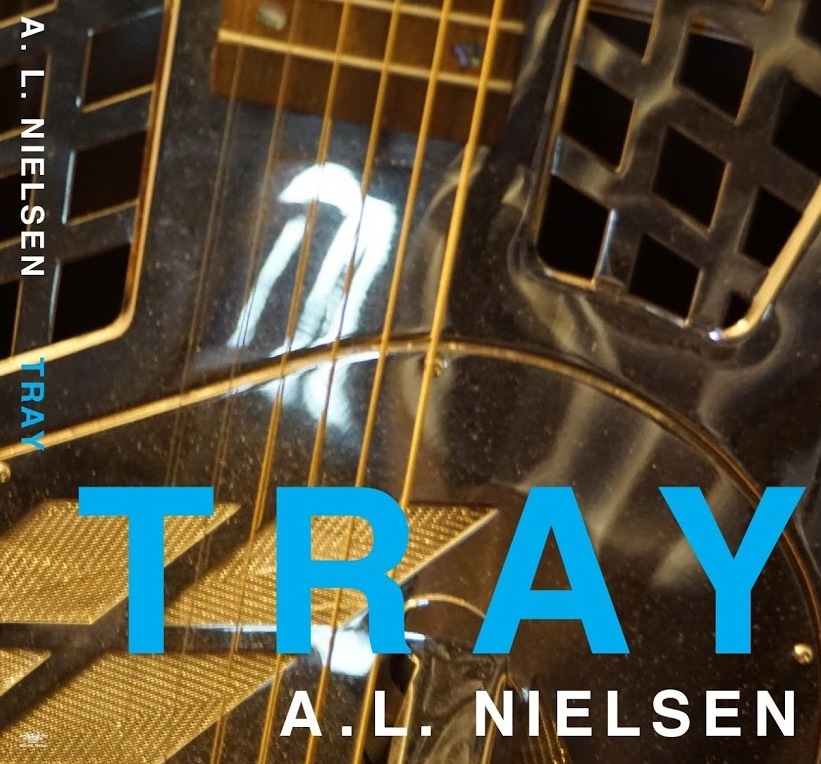
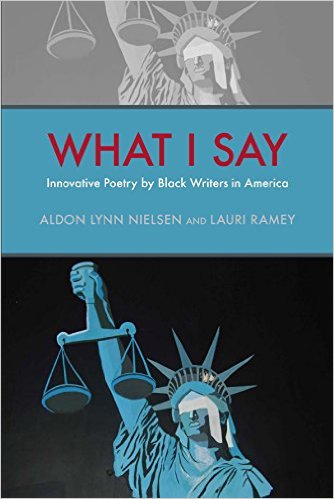



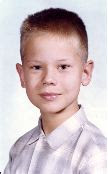







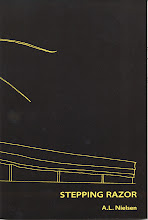

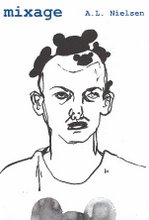




No comments:
Post a Comment